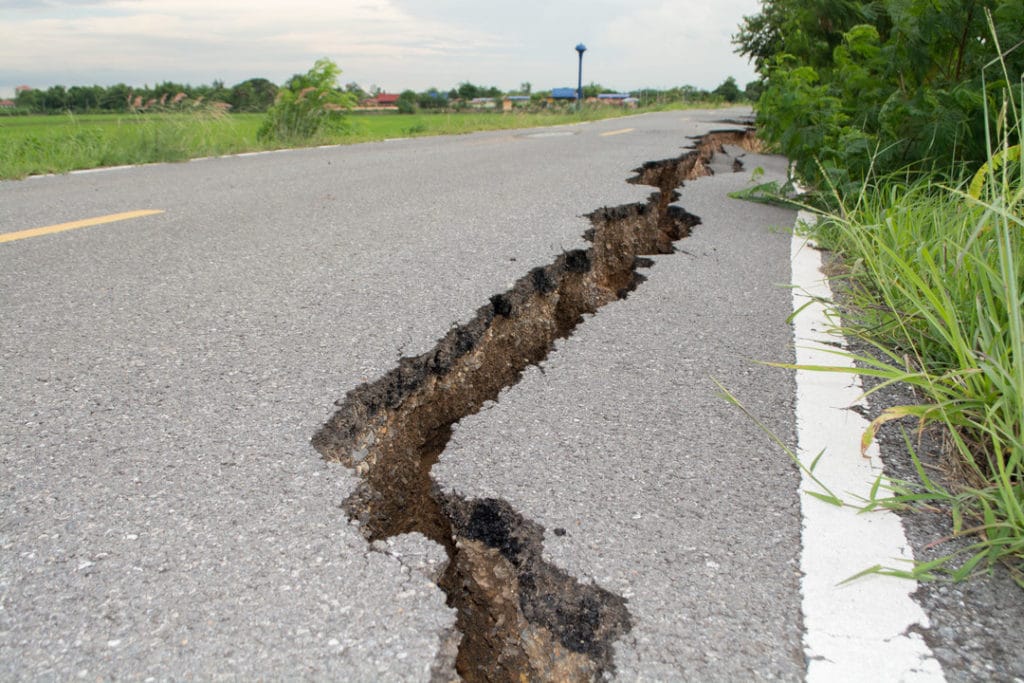
59% of India is prone to earthquakes. These cities face the greatest risk
Cities in Zone 5 include Srinagar, Bhuj, Darbhanga, Guwahati, Tezpur, Sadiya, Port Blair, Mandi, Kohima and Jorhat

Seismic mapping shows 59 per cent of India is prone to earthquakes, the government has told the Lok Sabha, days after parts of the north, including Bikaner in Rajasthan, were hit by tremors.
In a written reply on Friday, Minister of Earth Science Dr Jitendra Singh said the country is divided into four seismic zones – Zone 2, 3, 4 and 5.
Zone 5 expects the highest level of seismicity whereas Zone 2 is associated with the lowest level.
Nearly 11 per cent of the country falls in Zone 5, 18 per cent in Zone 4, 30 per cent in 3 and the rest in Zone 2.
These seismic zones are classified based upon the empirical seismic attenuation law corroborated with historical seismicity and ground motions of the earthquakes.
Cities in Zone 5 include Srinagar, Bhuj, Darbhanga, Guwahati, Tezpur, Sadiya, Port Blair, Mandi, Kohima and Jorhat.
Zone 4 is called the High Damage Risk Zone and covers Almora, Jalpaiguri, Kolkata, Ludhiana, Monghyr, Moradabad, Patna, Parganas, Pilibhit, Shimla, Roorkee, Ambala, Amritsar, Bahraich, Barauni, Bulandshahr, Chandigarh, Darjeeling, Dehradun, Deoria, Delhi, Dinajpur, Ghaziabad, Gangtok and Gorakhpur.
The National Centre for Seismology maintains a National Seismological Network consisting of 115 observatories spread across the country. On detecting seismic activity, these observatories disseminate information to central and state disaster authorities to ensure preparedness and conduct rescue and rehabilitation work, if needed.
Also read: 6.3 earthquake in Tajikistan jolts Delhi, parts of north India
In February the government had said that 965 earthquakes of magnitude 3 and above were recorded in 2020 and 13 of them were in the National Capital Region and its vicinity.
Then minister of earth sciences Harsh Vardhan had said that the NCS had initiated surveys and investigations in Delhi and surrounding areas in collaboration with IIT Kanpur to locate and characterise major seismic sources of faultiness in the region.
The Centre is also considering seismic micro-zonation of cities in India having a population of 5 lakh and above to incorporate the data into better urban planning.

